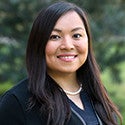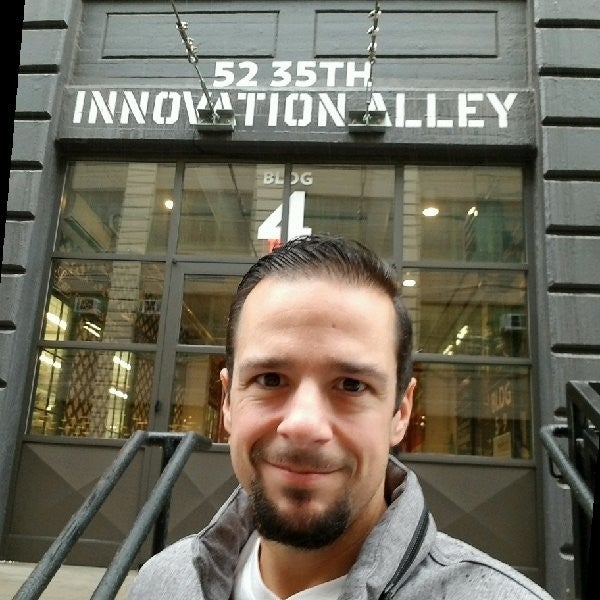The User Experience (UX) Research Capstone project presents students with an opportunity to demonstrate their competence through an individual project. Students propose, plan, and conduct ethnographic research that delivers actionable insights to stakeholders in a professional, ethical, and timely manner.
Highlights from recent capstones

For my capstone, I researched employee leave programs at two state agencies. I identified features of leave programs that were valued by employees, and how the agencies differed in the options they offered. I created a grid comparing leave programs at these agencies with 14 additional organizations to get a broader perspective. Next, I completed in-depth interviews with 12 employees, both professional and classified, as well as the human resource directors at both agencies. To generalize, I surveyed 36 additional employees. Besides identifying key features of leave programs desired by employees, I found that greater flexibility leads to higher motivation and higher retention. Work-day mood maps show the motivation of staff with rigid schedules declines after the lunch hour, and half are looking for new employment opportunities. In contrast, the motivation of professionals with flexible schedules remains high, and 75% plan to stay in their current job. My project will impact policies at both local agencies. Special Update: Yung’s capstone project was selected as a “lightning talk” for the Boise State Spring 2020 Undergraduate Research Showcase, view it here.

Matt Mueller
(UX-Pro): My project focused on a small New York bakery where sales have been trending down and profits have been a challenge. My stakeholders are unsure where their shoppers have gone, or why? My goal was to determine why sales were falling and develop strategies to revive them. I created a screener to identify useful participants and recruited shoppers for in-store contextual interviews. I documented the customer journey of shoppers using video. I then developed a shopper survey to provide broader quantitative data. Based on these methods, I developed the insights contrasting the “best bakery experience ever” that shoppers had experienced with their impressions and experience at the store. Shoppers emphasized the sensory qualities of their ideal experience and the unplanned nature of their bakery purchases. They reported being drawn to bakeries by the fresh products and pleasant smells. In contrast, they found the store clean but also sterile, and they had the impression that many items were not made fresh in the store. The bakery did not stimulate their senses and did not motivate impulse purchases. The actual baking was hidden in the back out of customer view. To deliver these insights to my stakeholders I created customer journey maps and shared interview videos. I suggested pushing more baking activity into view of the customers; baking fresh during high volume periods to fill the air with the pleasant smell of fresh baked goods, using labels that emphasized the hand-crafted products, and providing samples.

(UX-Pro): For my capstone, I worked with my employer on a product that was not meeting our expectations for customer satisfaction. We were unable to fully understand what was happening based on quantitative data analysis. I used ethnography to gather qualitative data from different customer interaction channels to see if these methods could help provide more context and define the point in the customer experience where the failure occurred. While many reasons can be cited, and most situations are unique, qualitative ethnography identified subtle nuances in the customer journey that helped us develop new insights. The most enjoyable part of this project was being immersed in the process and applying ethnographic methods to better understand the gaps in the quantitative data.
Where Are Our Alumni Now?
Check out our Alumni Spotlight to see what some of our alumni are up to since completing the User Experience Research Certificate Program.